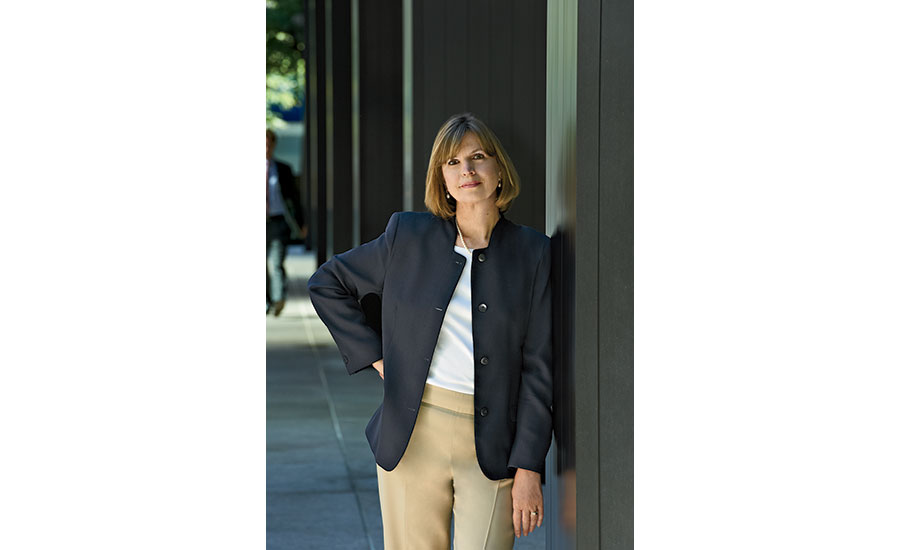There are few places on the planet untouched by man. Every day brings more alarming news: an iceberg the size of Delaware has broken off Antarctica, where global warming is even causing occasional rain in parts of the region rather than snow. Thousands of species, from barn swallows to king cheetahs, are in danger of disappearing from the face of the earth because of what scientists are calling the “sixth mass extinction”: the first five were caused by natural phenomena, but this one is mostly due to pollution, climate change, and the human destruction of habitats.
Yet we humans continue to crave interaction with “nature”—we like sunlight and fresh air; green trees and plants; the songs of birds and crickets; swimming at the beach or hiking in the mountains. Where we usually find access to nature, however—especially if we are urbanites—is in landscapes that have been adapted, planned, and planted by man. My own “backyard” in New York City is Central Park, one of the most glorious designs ever constructed, carefully composed of meadows, rocky outcrops, ponds, lawns, paved pathways, and allées of trees.
In this issue, we explore contemporary architecture engaged in the landscape, designed to enhance the human experience of cultivated nature. We are not talking about wilderness here—these are places that, for the most part, have nearby parking, facilities, and maybe a café or education center. They are buildings that focus on the views or meld with the landscape, where Eden is highly edited.
Among the most daring of these structures is a new pavilion in a Netherlands park by Junya Ishigami & Associates and Studio Maks, with its slender tentacles of glass walls curling through a landmarked park. In Melbourne, a stunning 1,280-foot-long pedestrian bridge by John Wardle Architects and NADAAA soars above and through the cityscape, connecting the famous tennis center to urban areas from which it was isolated. The Parc du Peuple de l’Herbe in suburban Paris tames an overgrown wasteland near the Seine, drawing those people of the grass—to translate the park’s name—to a whimsical viewing tower where they can scan a vast panorama.
The masters of blending buildings with refined landscapes are, of course, the Japanese, whose historic temple and garden complexes continue to inspire designers around the world. In Portland, Oregon, Tokyo-based Kengo Kuma and Associates has created a serene, elegantly detailed trio of cultural buildings to enrich the visitor experience of the city’s 20th-century Japanese Garden. And in Japan itself, Hiroshi Nakamura designed an exquisitely simple pavilion for a restaurant overlooking a lake: it frames the landscape while seeming barely to touch it.
Henry David Thoreau was born 200 years ago last month, and the anniversary is being marked with a new visitor center at Walden Pond in Concord, Massachusetts, designed by Maryann Thompson Architects with Michael Van Valkenburgh Associates. The structure embodies Thoreau’s values in its modest scale, siting, and thoughtful use of locally sourced materials. Thoreau, who escaped his hectic life in town to live in the woods by Walden Pond (in a cabin now gone but replicated), was not really a hermit, as widely assumed, but a man who wanted simplicity and peace to explore his ideas—and from those we can extract powerful notions about sustainability and connections to nature.
Connecting to land and place is a celebrated hallmark of regional modernists today, but similar values were reflected in the work of an earlier, lesser-known generation of modern architects. With the death in June of the gifted Texas architect Frank Welch, at age 90, I kept thinking about his masterwork—a sublime merging of building and landscape. A simple hunting shelter called the Birthday, it was sited on an escarpment overlooking the vast, flat West Texas landscape and built of stone quarried on the site and timbers recycled from old oilrigs. So beloved was the Birthday that when the Texas Society of Architects was voting for the 25-Year Award in 1997, it tied with Louis Kahn’s Kimbell Museum. For the first and only time, the state’s honors were bestowed on two projects.
Thoreau believed “we can never have enough of nature”—and he would despair at the state of the earth since he walked on it. As we struggle to slow the impact of climate change and environmental degradation, we still desire that elemental connection to nature and to land. And thoughtful design can enhance the experience.



Post a comment to this article
Report Abusive Comment